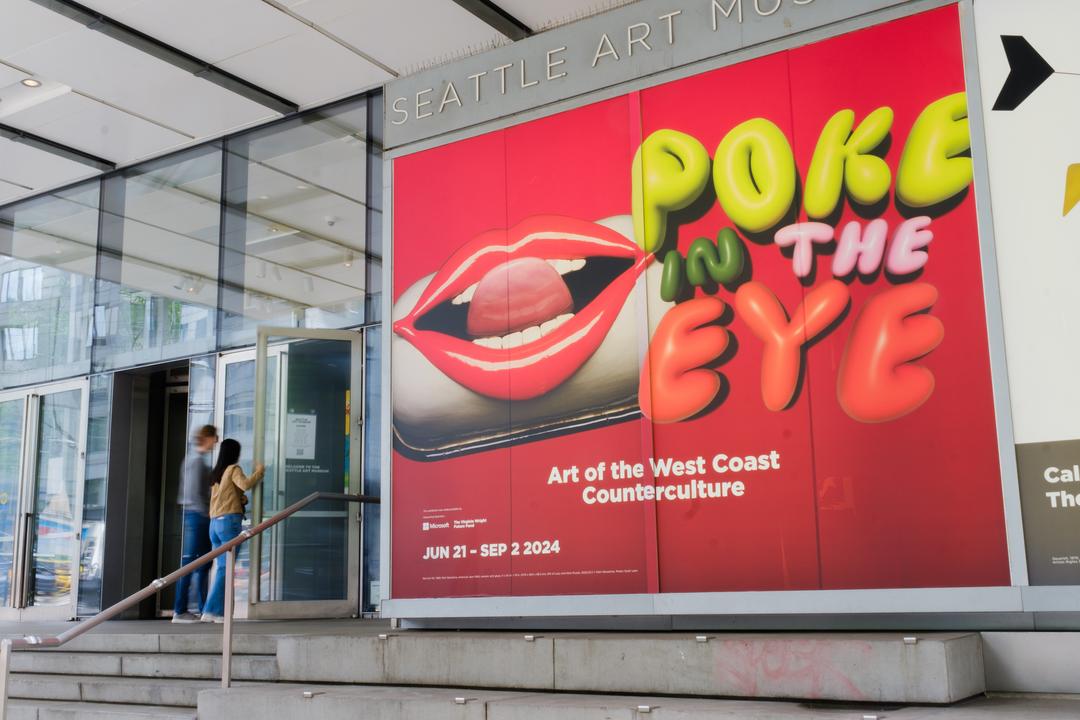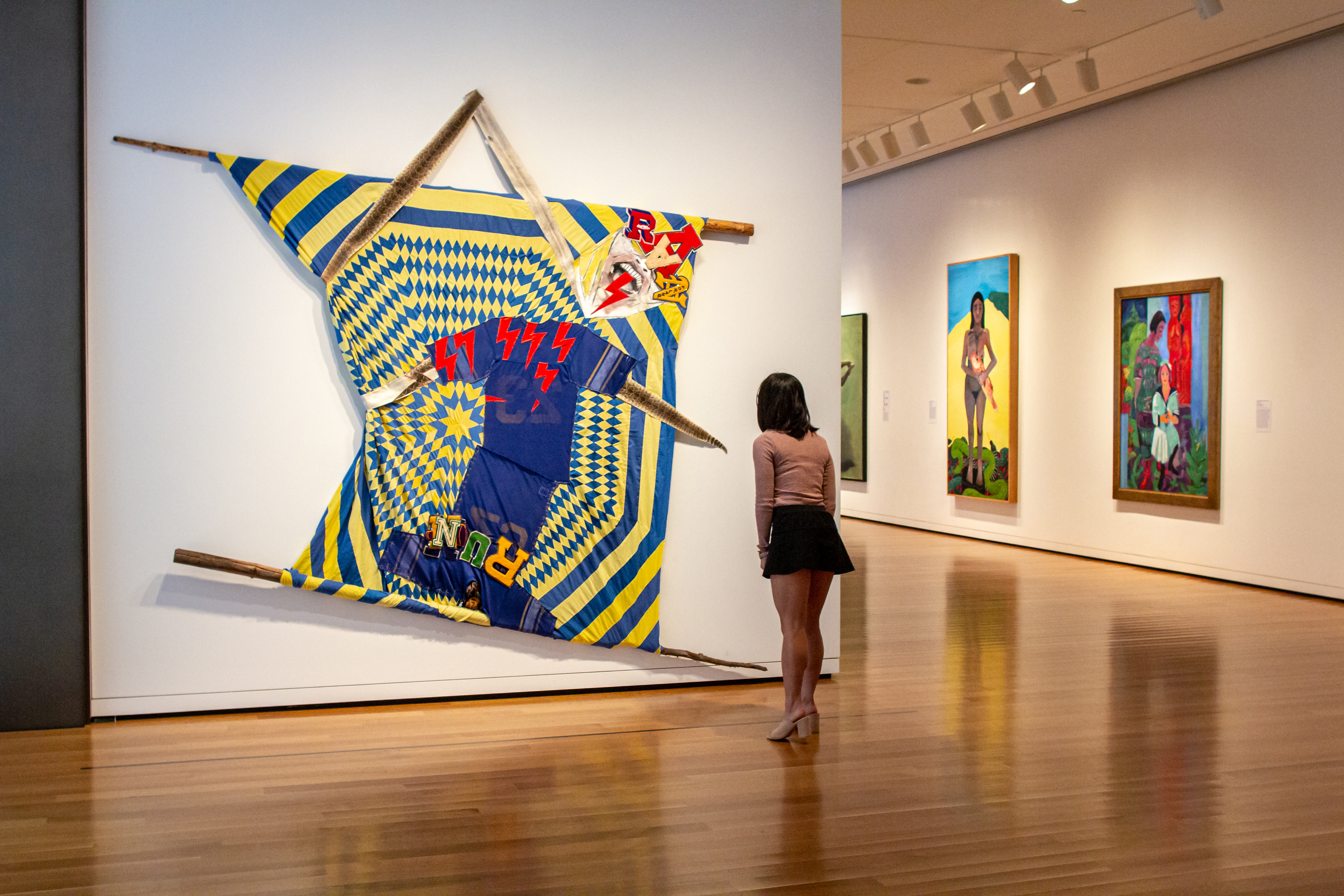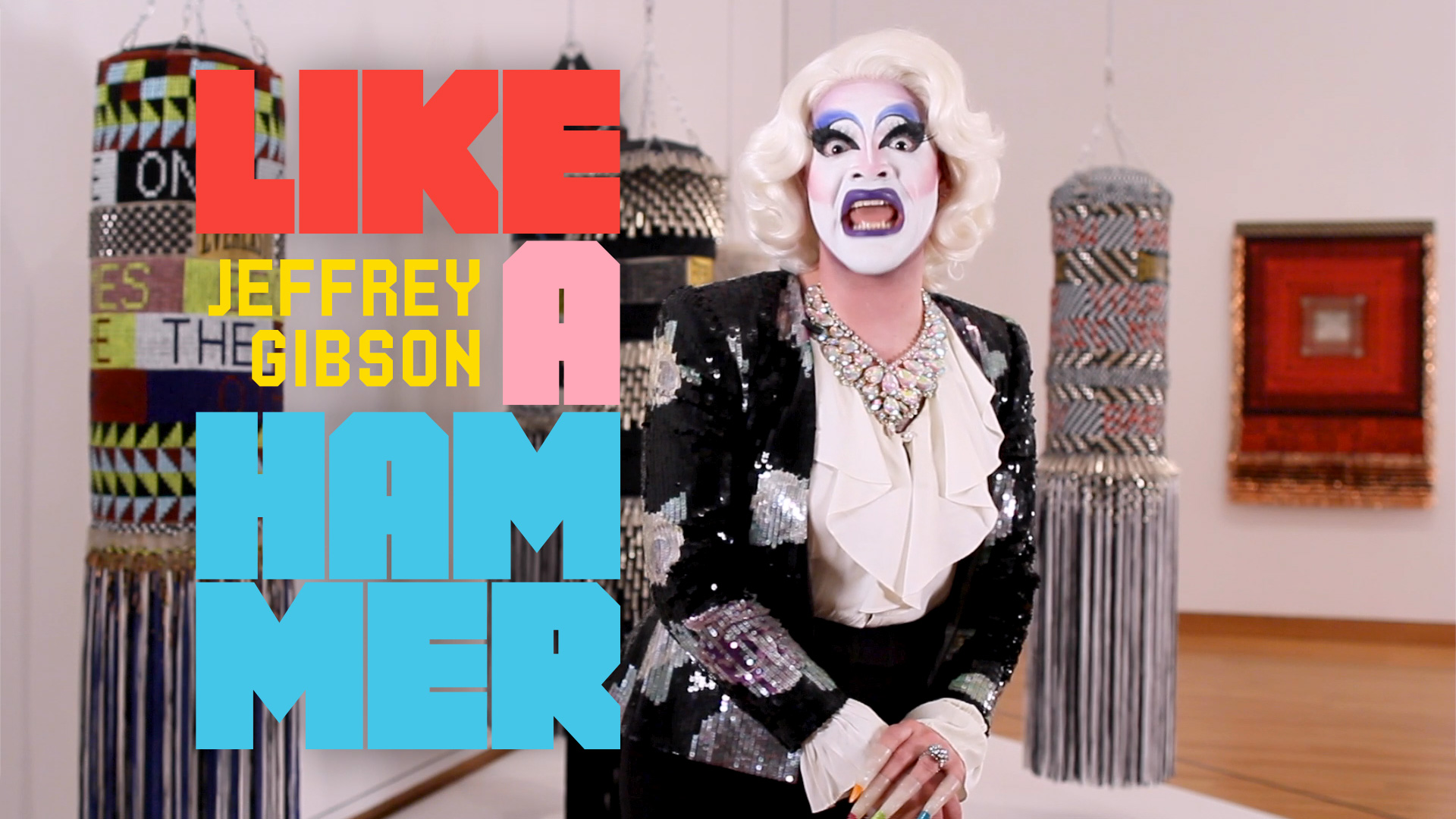Muse/News: Impressive SAM, Not Static, and Baltimore Queen
SAM News
“Art-loving families should visit the Seattle Art Museum” this summer, says Mark Sissons for Vancouver’s VITA Magazine, thanks to our “impressive” collection galleries and our summer exhibition Poke in the Eye: Art of the West Coast Counterculture, which opens this week on Thursday, June 20!
Nick Hilden for The Observer comes to town to discover “Where to See the Best Art in Seattle” and while at SAM finds that “the museum boasts an impressively eclectic range of works.”
Via Nura Ahmed for South Seattle Emerald: “Tacoma Artist Anida Yoeu Ali Demands to Be Seen.”
Local News
Have you been keeping up with this season of Cascade PBS’s Black Arts Legacies? They’ve rolled out eight incredible profiles; earlier we shared the one of Gwendolyn Knight Lawrence, but you won’t want to miss the ones of DJ Riz Rollins, painter Moses Sun, glass artist Debra Moore, and more.
Sara Jean Green of The Seattle Times reports on the “long-promised Super Block” coming to the Central District that will feature a public art installation on the neighborhood’s history.
Via Rachel Gallaher for Seattle Magazine: “Tacoma Art Museum’s latest show reconsiders the meaning of Western American art.”
“The four curators are giving space to 17 contemporary artists whose work is often excluded in the context of collections like the Haub. ‘The art of the American West is not static,’ [curator Faith] Brower says. ‘There are many artists creating work that will further our understanding and deepen our connections to this iconic region.’”
Inter/National News
“I can act a fool, I can be delirious, I can give into anger, I can give into joy, into love”: Anthony Hudson AKA Carla Rossi interviews Jeffrey Gibson for BOMB Magazine. While you’re at it, rewatch this video of Carla’s visit to Like a Hammer (it’s our…52nd rewatch? But who’s counting?).
Arun Kakar for Artsy with “The 10 Best Booths at Art Basel 2024,” including works by Jaune Quick-to-See Smith at Garth Greenan Gallery’s booth.
“How an Artist Became the Queen of Baltimore”: Aruna D’Souza of The New York Times spends the day in Baltimore with Joyce J. Scott on the occasion of her career retrospective, which is co-organized by BAM and SAM and travels to Seattle this fall.
“She sees her life as an artist as modeling for others another way of being and living,” said Catharina Manchanda, a curator at the Seattle Art Museum. “She has an incredibly strong conviction that every artwork has a role in bringing people together and offering people an opportunity to learn together, but she also models a whole new way of being an artist within a community. It’s not as much a career for her as a way of life.”
And Finally
“A Photographer Wins a Top Prize in an A.I. Competition for His Non-A.I. Image.”
– Rachel Eggers, SAM Associate Director of Public Relations
Photo: Alborz Kamalizad.


